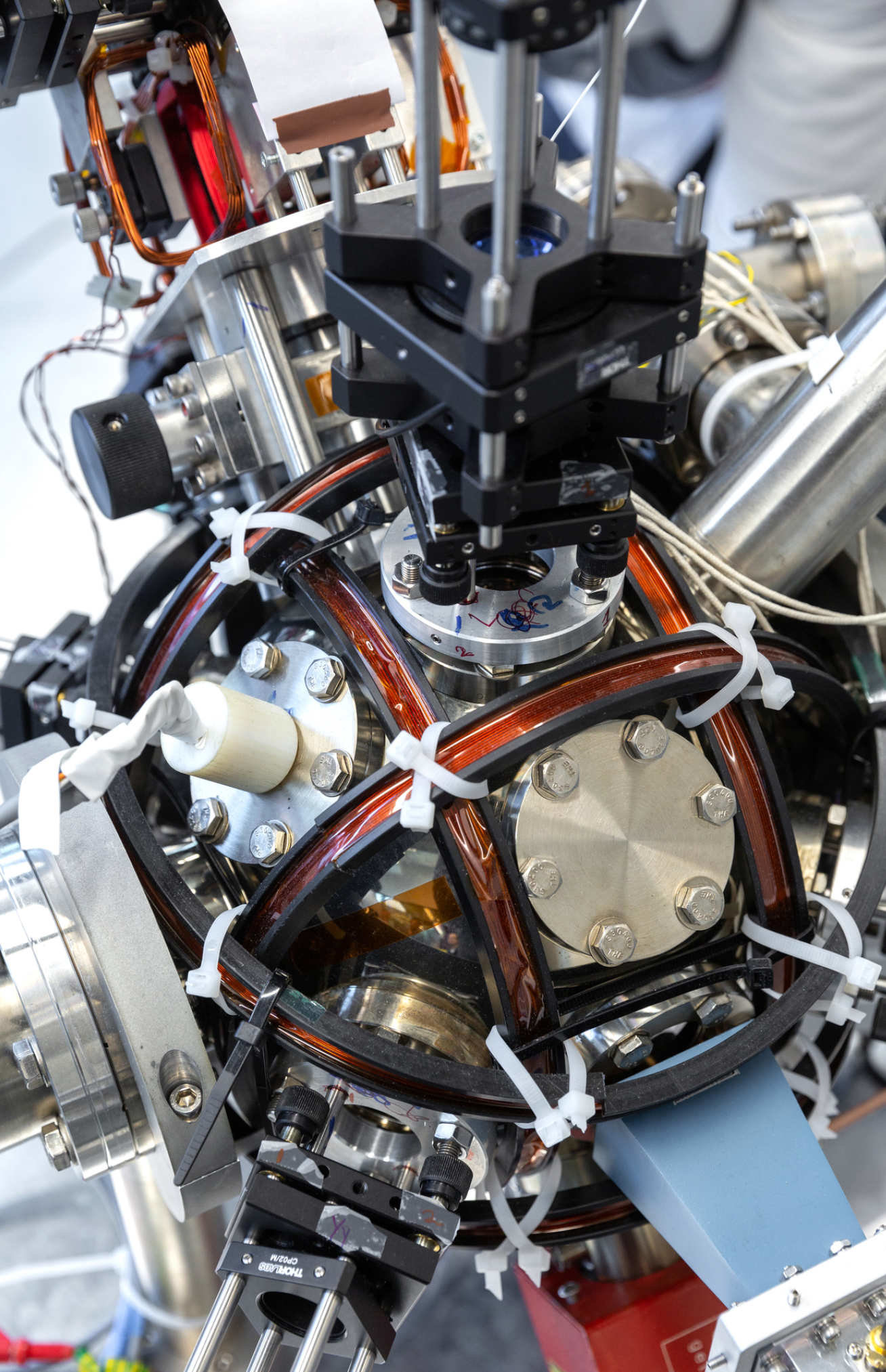Quantum Accelerometer Tracks Location Without GPS
GPS technology is so ubiquitous now that it can be hard to remember a day when you couldn’t just take out your phone and find out exactly where you are in the world. However, that’s actually a very recent development and one that could be denied to us in the future. GPS relies on a network of satellites that could be damaged, blocked, or destroyed. You also can’t get a good GPS lock when you’re underground or around tall buildings. There may be an alternative, though. Imperial College London and engineering firm M Squared have developed a new “quantum accelerometer” that can provide precise locations without any external system.
Navigation with accelerometers is possible and has been for some time. There’s an accelerometer in your phone that tracks movement and orientation. However, it’s impractical to use this technology for navigation on a large scale. An accelerometer measures movement, so you can use it to find out where you are if you have a good point of reference. The problem is that accelerometers aren’t perfect — they lose an inch here and there, and those errors compound over time until you don’t know where you are.
The quantum accelerometer from Imperial College London could solve that problem because it’s stupendously accurate. While the device is nominally portable, it’s not exactly compact or simple to use. Quantum mechanics tells us that all matter has a wave property, but that’s very difficult to observe in daily life. Ultra-cool atoms display their wave properties more prominently, and that’s the key to the quantum accelerometer.

Close-up of the accelerometer. Credit: Imperial College London
Imperial College London used a powerful laser system from M Squared to cool a cloud of atoms to very low temperatures until the wave aspect is visible. As the atoms fall through the accelerometer chamber, the wave property is affected by movement. The researchers used a laser interferometer to monitor the perturbations in quantum waves, allowing the system to track movement with high precision.
So, the accelerometer knows when it moves with a high degree of accuracy, and it, therefore, knows where it is at all times based on where it started. Currently, the system measures movement on a single axis, but it should be possible to scale the design up to measure all three axes and three rotational directions for full navigation.
The team says the device as it exists now could be implemented on ships or trains to navigate without access to GPS. However, it’s far too large to fit in your phone for now. The lasers just make it too big. Maybe one day you’ll have a quantum accelerometer in your pocket, but not any time soon.




